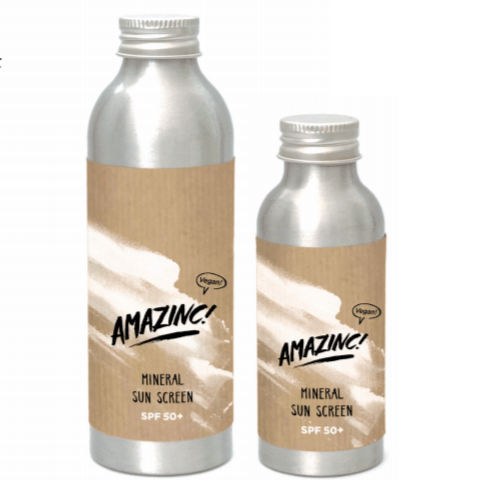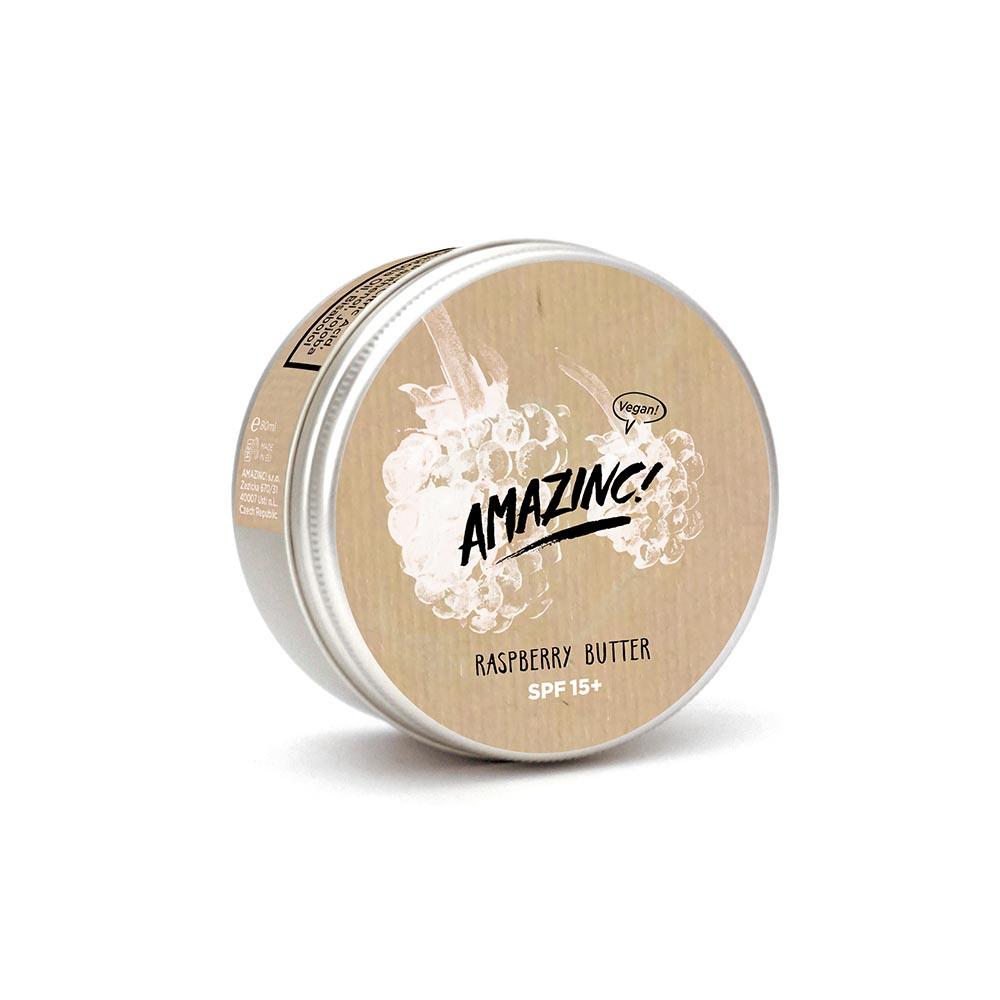I have skin that burns in the sun. The sun and I have a love hate relationship and whilst I love the warmer sunny weather of summer and going away on holiday to places with sunshine, I need to look after my skin but I also want greener sun protection so I don’t end up burned or dealing with skin issues from sun damage and sun burn.
The problem with a lot of standard and brand name sun protection creams is that they contain ingredients that are bad for the environment and whilst I want to protect my skin and my family’s skin, I also want to make less impact on the world so I am slowly trying to move us to products that have less harmful ingredients in them, where possible.
There are two main kinds of sunscreen: physical (mineral) and chemical. Mineral sunscreens act as a physical barrier on top of your skin, reflecting the sun’s rays away from your body. Chemical sunscreens, on the other hand, contain synthetic compounds that absorb the UV light before it reaches your skin. Oxybenzone (Benzophenone-3) is a very common ingredient in a lot of sun protection and not only is it bad for the environment but I am also allergic to it.
So finding something that works is important for me.
Some of the chemicals in sunscreen are not great when they are released into the water and can cause issues for wildlife in the water.
I have tried and tested a few sun protection options that are better for the planet with mixed results. The problem with a lot of eco-friendly products is that they don’t always pack the punch those of us with very fair skin that burns need. They talk a good talk but don’t provide the coverage I need.
This summer I am using some products from Amazinc and so far so good.

In the search for the ideal combination of UV filters for our sunblocks we gave ourselves two conditions; firstly, we wanted to use no chemical filters due to their impact on nature and wild life and secondly, we were concerned about the production process of mineral filters. Titanium dioxide does a great job when used as UV filter; but it is produced in temperatures over 1000° Celsius which is hardly sustainable production.
The most sustainable UV mineral filter know to the man!

It took quite some time and research but we have discovered combination of common minerals that are surprisingly efficient as UV filter and have good attributes when it is applied to skin. We are proud to present the Amazinc! Mineral Shield! mixture of Zinc Oxide, Magnesium Oxide and Lanolin.
They seem to work well. They are thicker and slightly more obvious when applied but they work well and protect my skin. Some of their products are vegan and some are not so you do need to factor that in if vegan is also a skincare requirement. Their products are, however, not tested on animals.
Cost wise they hit about the range I would pay for a branded sun protection product so it’s a very reasonable swap in terms of protection, being more environmentally friendly and also looking after skin that burns in the sun.
Looking after our skin in the sun is important, so is looking after the planet and the world around us…